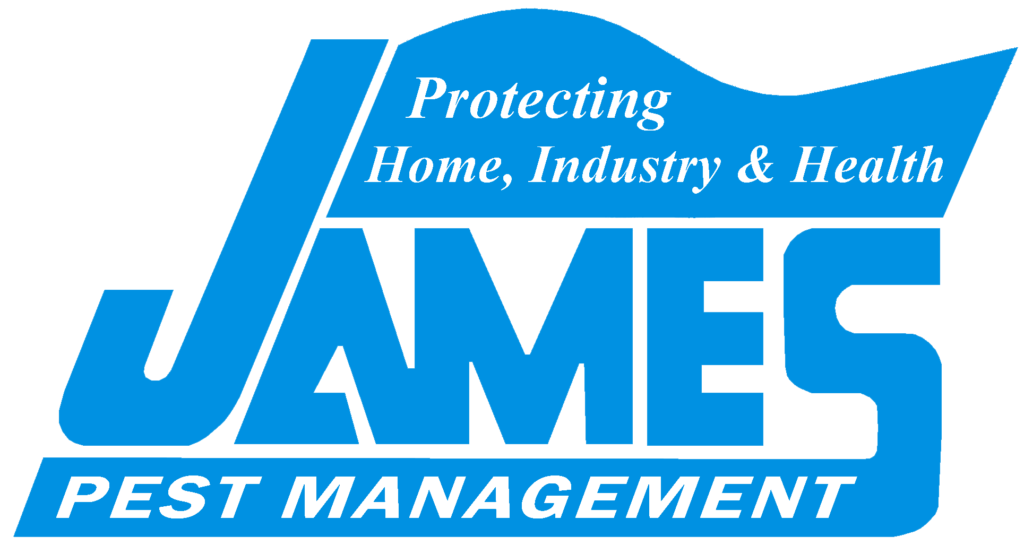What is the difference between bed bugs and dust mites?
Bed bugs and dust mites are the very worst of all household pests, but they are also among the most misunderstood.
Bed bugs and dust mites both feed on human beings. Bed bugs feast on our blood while dust mites eat flakes of dead skin that we shed every day. The truth is that bed bug bites feel much worse than a dust mite bite, but either way, you are going to want to get rid of them both as soon as possible, just like termites.
In this article, we will take a closer look at the difference between bed bugs and dust mites, how to know if you have them, what kind of symptoms they cause, and how to get rid of them. By the end, you will know everything that you need to in order to protect your home from these pesky pests.
What are bed bugs and dust mites?
Bed bugs are reddish-brown in color, flat, and oval-shaped. Bed bugs typically measure between 4 and 5 mm in length. Dust mites are tiny creatures that live in dust. They are not parasites and do not feed on human blood. Dust mites are usually around 0.3 mm in size and have a translucent body. Both bed bugs and dust mites can be found in mattresses, furniture, carpets, and other areas where there is a build-up of dust. Both bed bugs and dust mites can cause allergic reactions in humans, including asthma attacks, skin rashes, and sneezing. Bed bugs are more likely to bite humans, while dust mites are more likely to cause allergic reactions in people who are sensitive to them. In addition, bedbugs can also transmit diseases to humans, while dust mites can trigger asthma attacks.
Symptoms of an infestation include bites or rashes on the skin, difficulty sleeping, and increased asthma symptoms. In severe cases, an infestation can lead to anemia or other health problems. In addition, bedbugs are active at night, while dust mites are most active during the day. As a result, people who are allergic to dust mites may find that their symptoms get worse at night.
If you think you may have bed bugs or dust mites, it is important to contact a pest control professional. They will be able to identify the type of infestation and recommend the best course of treatment.
Get rid of bed bugs and dust mites
There are a number of steps you can take to get rid of these pesky critters. Start by vacuuming your mattress, box spring, and bed frame to remove any bugs or eggs that may be present. Using a vacuum with a HEPA filter to trap these pests. It is important to keep your home clean and free of clutter. This will make it harder for bed bugs and dust mites to hide and will make them easier to spot if they do manage to get into your home. Then, wash all of your bedding in hot water and dry it on high heat. You should also vacuum your carpet and upholstered furniture to remove any remaining bugs or eggs. Consider using a dust mite-proof pillow cover or mattress cover to prevent these pests from returning. Finally, you can also use chemical treatments to kill bed bugs and dust mites on contact.
Here are some tips for preventing bed bugs and dust mites:
-Keep your bed clean and free of clutter. Wash your bedding regularly in hot water, and vacuum your mattress to remove any dust mites.
-Avoid secondhand furniture, which may be infested with bed bugs or dust mites. If you must buy used furniture, inspect it carefully before bringing it into your home.
-Do not let pets sleep on your bed. Dust mites can live in pet fur, and pets can also bring bed bugs into your home.
-Vacuum regularly, and wash any blankets or clothing that may have been exposed to bed bugs or dust mites.
-Keep your home free of food and water sources for bedbugs and dust mites. Store food in sealed containers, and repair any leaks or dripping faucets.
If you think you may have a bed bug or dust mite problem, it is important to contact a pest control professional for help. They will be able to identify the creatures and develop a treatment plan to get rid of them.
If you’re experiencing a bed bug or dust mite infestation, don’t hesitate to contact James Pest Management. Our experienced professionals will be able to identify the creatures and develop a treatment plan to get rid of them. Call us today to get started!

